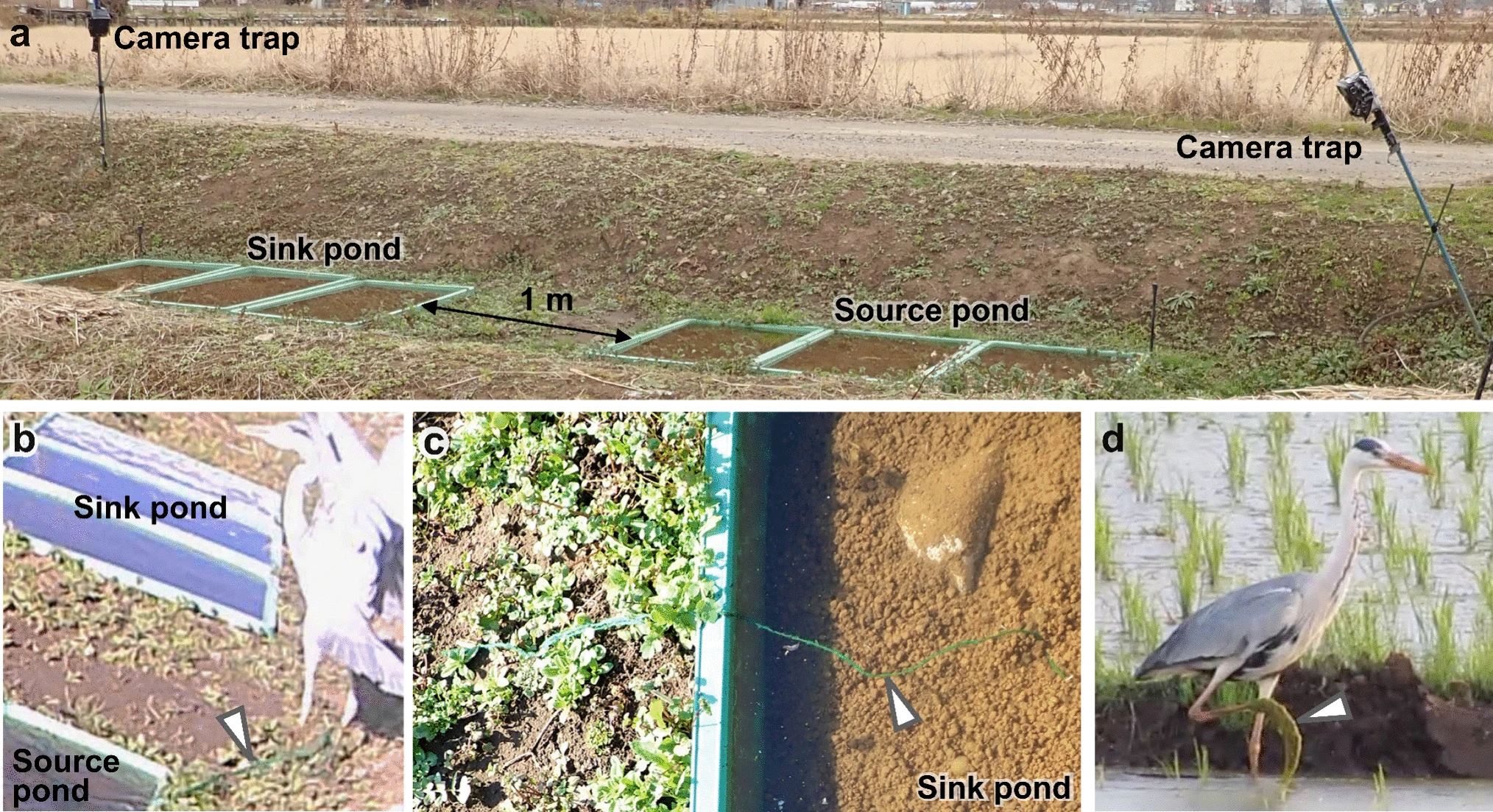
Any chance of a lift?
photograph: bence mate / naturepl.com
From The Economist
Medaka catch rides on obliging birds, confirming one of Darwin’s hunches
The japanese picture book “Soratobu medaka” tells the extraordinary tale of tiny stream-dwelling fish called medaka hitching a ride on an obliging bird to a far-off freshwater pool.
The story has delighted children in the country since 1999, when it was first published, but now comes an even more delightful twist: it is true.
Researchers have long been baffled by fish that turn up in isolated ponds and lakes far from other bodies of water.
Even Charles Darwin was puzzled by the problem.
In “On the Origin of Species”, published in 1859, he postulated that the larvae of aquatic creatures might stick to the feet of unwitting waterbirds.
But his bright idea remained little more than a theory.
In 2019 medaka, wondered if he might have been right.
Mr Yao had observed that many fish-hunting birds commonly walked around in shallow waters dense with plants.
As a number of fish species laid eggs on these aquatic plants, he further wondered if some egg-bearing plants might stick to the birds’ feet as they fly off for puddles new.

The field experiment suggests waterbirds could carry aquatic plants that serve medaka’s spawning substrates.
a Field experimental site.
b A grey heron hooked artificial aquatic plants on its foot and flew away. Arrowhead shows artificial aquatic plants
c An artificial aquatic plant was found at the sink pond. Arrowhead shows the artificial aquatic plant.
d A grey heron carried clumps of algae on its foot and walked in paddy fields. Arrowhead shows algae on heron foot
Eager to test his theory, Mr Yao and his colleagues set up two ponds one metre apart, placing 36 artificial aquatic plants in one and none in the other.
Both were stocked with baitfish to attract birds and had camera traps set to trigger when birds landed.
By the time the experiment ended, six months later, some of the plants had switched ponds.
The researchers were able to catch a bird in the act.
One of their camera traps showed a heron flying off with plants snagged on one of its feet.
Medaka Egg Development
The next step was to determine whether fish eggs could survive being carried out of the water.
Mr Yao focused on medaka, paper-clip-size fish that live in shallow water and attach their eggs to aquatic plants.
When the lab-reared medaka laid their eggs on strips of vegetation, the researchers took the plants out of the water for between zero and 24 hours—at conditions favourable to the unhatched eggs—before returning them.
In a new paper in Science of Nature, Mr Yao and his colleagues report that the medaka eggs can successfully hatch after enduring up to 18 hours out of the water attached to a plant leaf.
(Eggs without a plant leaf to cling to rarely survived for more than a few hours.)
Mr Yao focused on medaka, paper-clip-size fish that live in shallow water and attach their eggs to aquatic plants.
When the lab-reared medaka laid their eggs on strips of vegetation, the researchers took the plants out of the water for between zero and 24 hours—at conditions favourable to the unhatched eggs—before returning them.
In a new paper in Science of Nature, Mr Yao and his colleagues report that the medaka eggs can successfully hatch after enduring up to 18 hours out of the water attached to a plant leaf.
(Eggs without a plant leaf to cling to rarely survived for more than a few hours.)
The big drop in survival was at 16 hours and 20 minutes, when half the eggs became unviable.
Given that a heron’s average flight-speed is around 39kph (with top speeds of 96kph), the hardiest medaka eggs could travel quite a distance.
Whether any could actually survive the full 16.3 hours of travel at 39kph is doubtful, says Mr Yao, since wind exposure during such a long journey would dry them out.
Shorter journeys, however, are certainly possible.
And since there are dozens of other medaka-like fish species found throughout Asia, the chances are high that hitchhiking explains how so many species have ended up in ponds and lakes with seemingly no connection to other water bodies.
Yet again, it would seem, Darwin’s theories turn out to be correct.
Links :
No comments:
Post a Comment